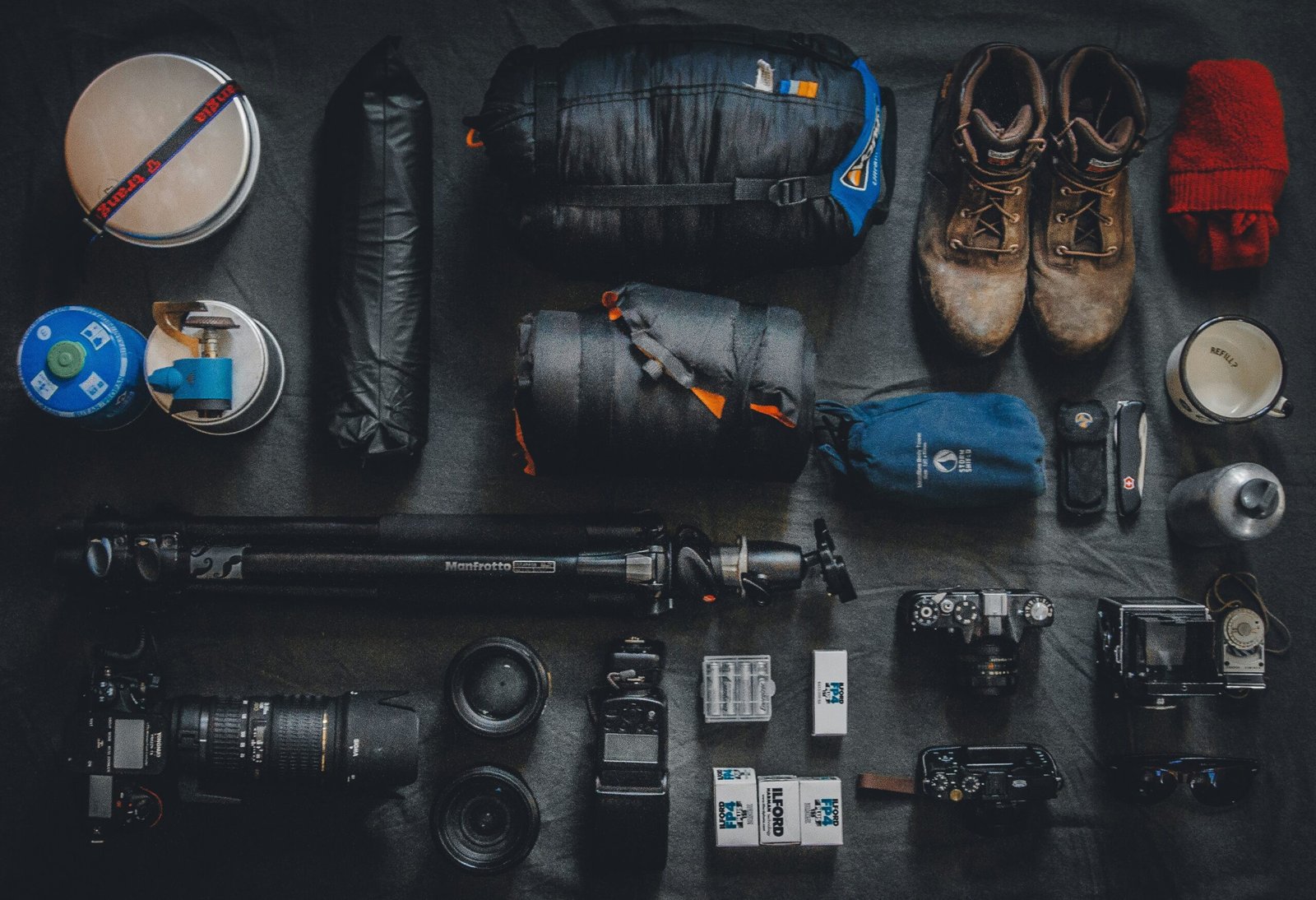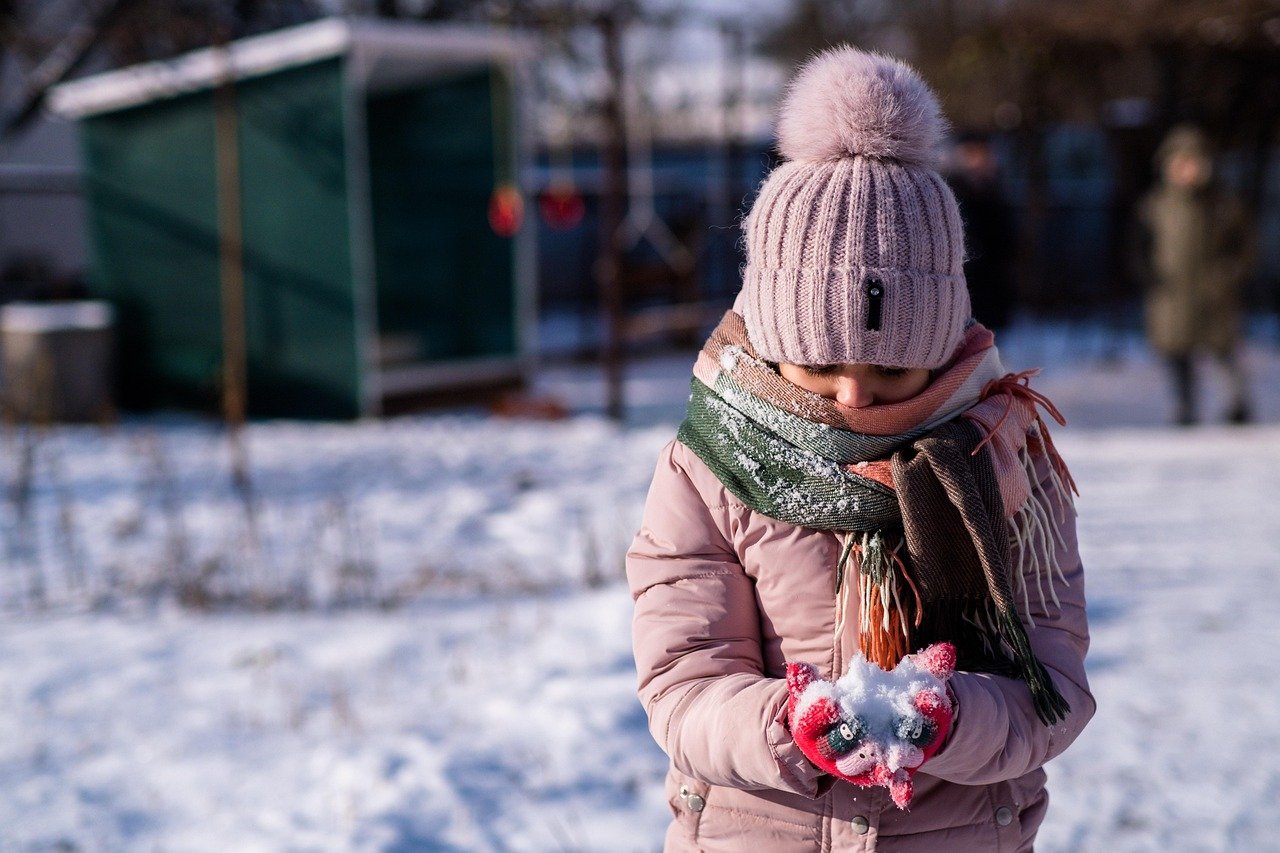Nature is Beautiful — and Demanding
There’s a unique kind of freedom in the wild. It’s in the early-morning silence before a hunt, the muscle-burn of a steep climb, and the calm that settles in around a campfire. For women who live for the outdoors — whether chasing elk in the backcountry, setting up treestands before dawn, or navigating dense forests with nothing but a compass — nature is more than a backdrop. It’s a proving ground.
That connection builds resilience. It teaches patience, sharpens instincts, and fosters self-reliance. But that same freedom comes with responsibility. The outdoors may inspire awe, but it doesn’t distinguish between thrill and threat.
A slick rock face after rainfall, a misfired weapon, or a lapse in trail awareness — the line between adventure and emergency can be thinner than expected. Gear can fail. Terrain can deceive. Accidents don’t care how experienced you are.
This isn’t about fear. It’s about respect. Even the best preparation can’t predict everything. And when the wild turns dangerous, knowing how to respond — and recover — can mean the difference between survival and tragedy.
Hidden Hazards: The Real Risks of Outdoor Adventure
The wilderness doesn’t always play fair. No matter how seasoned you are, the landscape can shift without warning — a fallen branch, an unseen ledge, or a sudden storm turning dry ground into a slick slide. Even well-maintained trails and familiar hunting grounds hold risks that can escalate fast.
Among the most serious outdoor injuries are those caused by high-impact accidents: ATV or UTV rollovers, misfired firearms, falls from treestands, and equipment failures. These incidents can lead to broken bones, spinal damage, or, in devastating cases, limb loss.
While rare, these injuries are not unheard of, especially in remote areas with limited access to emergency care. And the aftermath goes beyond the physical. Emotional and financial consequences often unfold long after the injury.
For women who suffer life-altering injuries due to faulty equipment, poorly maintained land, or negligence, recovery can involve more than surgeries and rehab. In many cases, long-term support begins with the guidance of a limb loss compensation lawyer — someone who can help navigate medical expenses, insurance claims, and accountability.
Whether you’re deep in the backcountry or steps from a trailhead, outdoor accidents don’t discriminate. Understanding where the risks lie is the first step toward protecting your body, your independence, and your future.
Prevention is Power: Safety Measures That Save Lives
No one heads into the woods expecting disaster. But seasoned outdoor women know that safety isn’t paranoia — it’s preparation. Smart habits drastically reduce the risk of serious injury, especially in remote areas.
Start with your gear. Before any trip, inspect treestands, rifle scopes, boots, helmets, straps, and harnesses. Small failures can become major hazards. For ATV or UTV use, check tires, brakes, and protective equipment before hitting the trail.
Navigation and communication tools should be standard. GPS devices, personal locator beacons, and satellite messengers are lifesavers when cell service is unavailable. Always share your route and estimated return time with someone at home.
Basic first aid is a must. Carry a trauma kit stocked for treating deep wounds, fractures, and blood loss. Even better: take a wilderness first aid course or attend emergency training tailored to remote settings. These skills can mean the difference between stabilization and escalation.
Make safety a habit, not an afterthought. Review terrain maps, avoid solo trips when possible, and stay alert. The wild is unpredictable — but with the right precautions, it’s a space where strength and safety thrive.
First Response and Medical Realities After Severe Injury
Despite preparation, things can go wrong — fast. A fall, a misstep, or gear failure deep in the backcountry can leave you or a companion seriously injured. In those moments, staying calm and acting quickly is critical.
For injuries like compound fractures, deep lacerations, or traumatic limb loss, bleeding control is the top priority. Apply pressure, use a tourniquet if necessary, and stabilize the injured person. In remote areas, activate an emergency signal — through a satellite device or beacon — as soon as possible.
The recovery doesn’t end at rescue. Severe injuries may require surgeries, long hospital stays, and long-term rehabilitation. Limb loss brings its own set of challenges: learning to use prosthetics, adjusting to mobility changes, and managing the emotional toll.
Access to amputation recovery resources can support this transition — offering guidance on wound care, physical therapy, and emotional healing. These tools help women rebuild not only strength, but also confidence.
Facing trauma in the wild tests every part of you. But having the right skills and knowledge can make all the difference.
Rebuilding After Trauma: From Survival to Recovery
Surviving a catastrophic injury is just the beginning. In the aftermath, physical pain gives way to deeper questions: How do you heal? How do you regain a sense of control? How do you return to the places you love?
Recovery takes time. It involves surgeries, therapy, and adjusting to new physical realities. Adaptive gear and prosthetics offer independence, but learning to use them requires persistence and patience. Progress rarely follows a straight line.
Emotional recovery is equally important. Many women experience grief, anger, or isolation following an injury — especially when it happens during something they once found empowering. Therapy, support groups, and shared stories can help guide the way forward.
Reconnecting with nature after trauma can be healing. Whether it’s a quiet walk, a return to the treestand, or simply standing in the woods again, each step is a reclaiming of strength.
Recovery isn’t about going back. It’s about moving forward — with grit, perspective, and a new kind of power.
Long-Term Preparedness: Training, Community, and Sisterhood
For outdoorswomen, safety isn’t a one-time lesson — it’s a mindset. The more time you spend in wild spaces, the more your knowledge becomes a tool for yourself and others.
Continuing education keeps those tools sharp. Whether it’s renewing a wilderness first aid certification, attending survival workshops, or practicing self-rescue techniques, consistent training builds both confidence and readiness.
Community matters just as much. The network of women in the outdoors — from seasoned hunters to weekend hikers — is built on shared experience and support. Leaning on that community after trauma can ease the burden. Giving back to it through your own journey can be a powerful part of healing.
As you move forward, prioritize connection and safety. Resources like Miss Pursuit’s tips for staying safe in the wilderness offer valuable reminders — not just for prevention, but for rediscovering your strength.
Being prepared doesn’t mean living in fear. It means knowing you have what it takes to face the unexpected — and come through stronger.
Stronger Than the Storm
Outdoorswomen know that strength isn’t just physical. It’s about staying grounded when the conditions change. It’s about standing back up when the trail disappears. It’s about learning how to move forward, even after everything shifts.
Facing a life-altering injury demands more than survival skills. It calls for courage, adaptability, and the will to rebuild. That journey is hard — but it’s one many have taken, and one no one has to face alone.
The wilderness may test you, but it also shapes resilience. And for the women who return to it after trauma — with scars, stories, and strength — the wild remains what it has always been: a place to rediscover your power.




